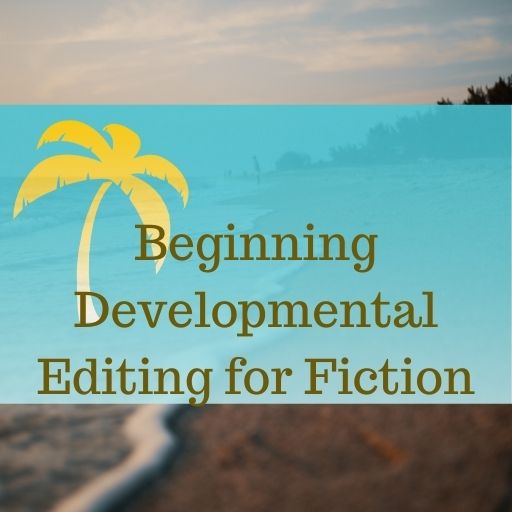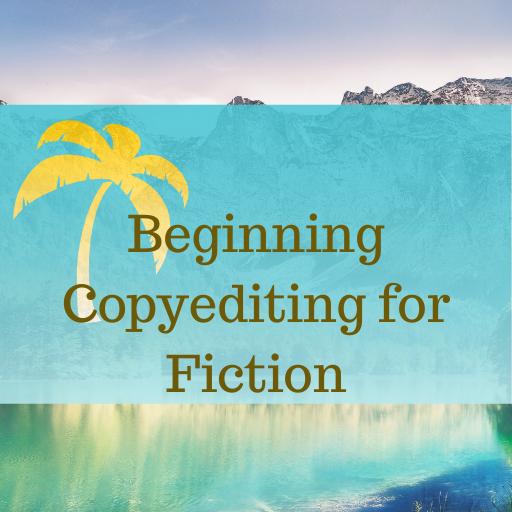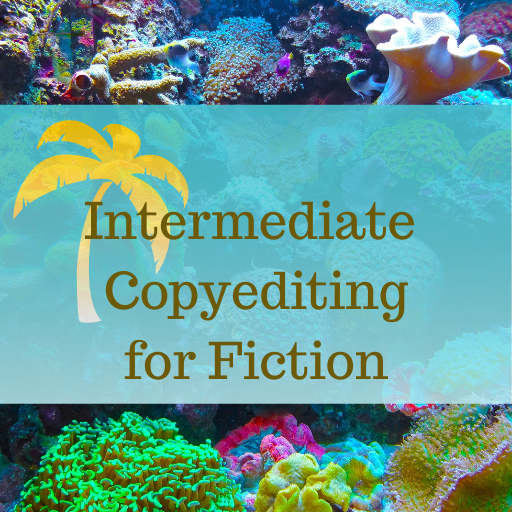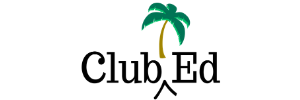Use of Authoritative Editing Style Guides
As a developmental editor, you won’t be copyediting, but you do need to be familiar with the authoritative editing style guides copy editors use.

Basic Editing Style Guides
Most of my clients have wanted me to follow The Chicago Manual of Style with some variations. That is standard for book publishing, so it pays to become familiar with CMOS. If you have private clients, you can let them know about this standard and explain that your edits will reflect it.
Tell your author which dictionary you’re using (if your client is a publisher, they may have a preferred dictionary; invest in owning a copy yourself, whether in print or online). CMOS prefers Merriam-Webster (the most recent edition), so that’s what I use.
The style manual is the main place you look to make decisions about how to edit the mechanics of a manuscript. Occasionally your client will prefer a different approach. For example, I have one client who basically follows CMOS but prefers to use no serial commas. This is called the house style.
We’re not copy editors, but we need to be conversant with style and other copyediting considerations to communicate effectively with other members of the editorial team and with the author.
Using Usage Guides
A usage guide, such as Garner’s Modern American Usage, offers information on usage, including examples of incorrect usage, to help you see where the author you’re editing may be going wrong.
This is not to say that you should query every questionable word choice your author makes (that’s the copy editor’s job), just that when you feel the usage is incorrect (and therefore could be confusing to readers), a usage guide helps you ensure that you’re making defensible edits, not just getting on a soapbox about your pet peeves.
Classic usage guides include Fowler’s Modern English Usage, Bernstein’s The Careful Writer, and Skillin and Gay’s Words Into Type. Browsing these guides at the library can be a very educational use of a Saturday afternoon. But don’t be confused by people who say that Fowler’s is easier to use than CMOS; they’re comparing a usage guide with a style guide, and they’re two different things.
One of the most valuable uses for Garner (or other usage guides) is to verify the correct expression of phrases. I cannot tell you how often I encounter incorrect phrases such as “tow the line” for “toe the line” and “in the throws of” for “in the throes of.” A quick glance at Garner will verify if an edit is in order.
Following the Author’s Preference
Line editing and copyediting for fiction are very different from nonfiction and are as much an art as a science. So, you have to be careful that any line edits you make are appropriate and necessary.
One of the publishers I do developmental editing for recommends following the author’s preferences and just making sure those preferences are consistently applied. If an author has a style quirk—such as using spaces around em dashes—and it’s not wrong, just different from what CMOS recommends, we’re asked to let it stand and just be sure that all em dashes are treated the same. In general, this is not a bad approach for most style questions you’ll encounter as a DE.
Tips for Editors & Writers
Focus on a limited number of problems in story development
Typically in a manuscript evaluation or developmental edit, I focus on what I perceive to be the three-to-five most important concerns I’ve noticed in the ms. This is the approach I teach my editing students. Editing too many problems at once overburdens the author In any given ms, there may be ten or fifteen developmental problems…
Clients who want services you don’t offer
Newer freelancers sometimes come to me in a panic because a client has approached them to do work that’s outside their typical scope. Commonly this is something like the freelancer offers copyediting and developmental editing but the client wants coaching. What should they do? They don’t know how to coach, they don’t offer coaching services,…
Expand into Book Doctoring and Ghostwriting
If you’ve been a developmental editor for any length of time, you’ve likely encountered an author who just wants you to write the book for them. Or, you’ve encountered a manuscript that was in such disrepair that it required a herculean effort to fix it, dropping your hourly rate down to pocket change. As a…
Join the Club!
New to story editing? Begin at the beginning.





